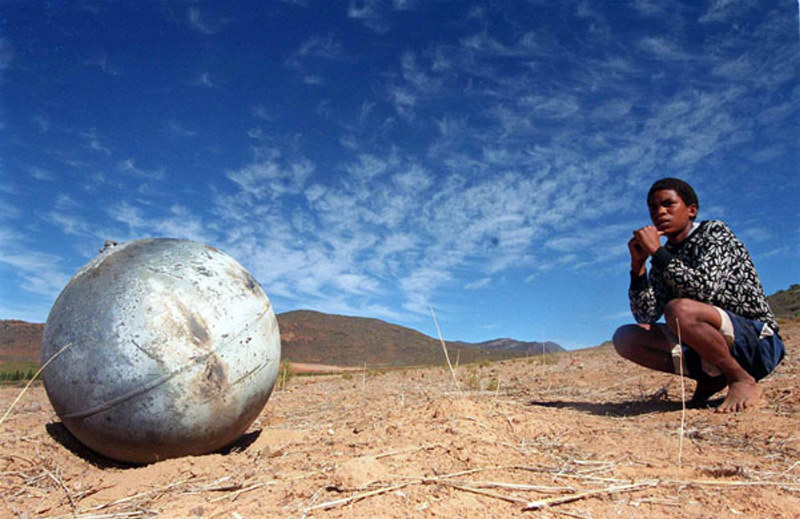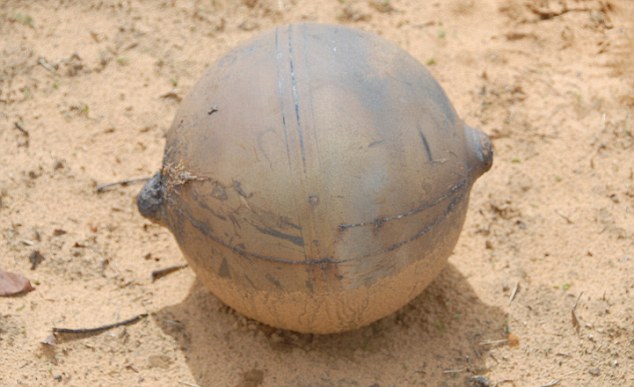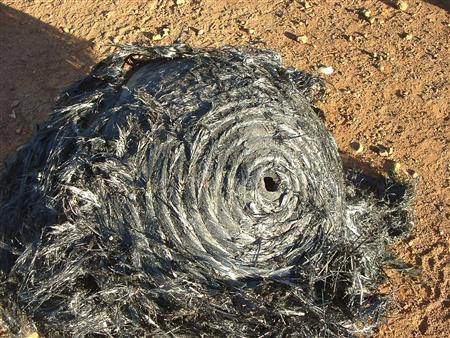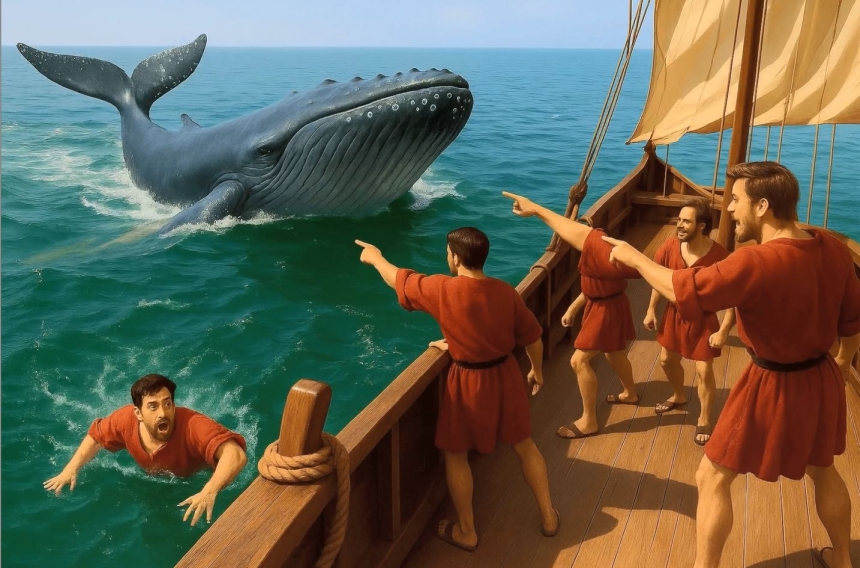
Various nations around the world, including Australia, China, Brazil, Spain and Central America are reporting a series of metal spheres crashing into remote areas of their county. The objects have created explosions, as they burn coming down from the heavens startling townsfolk and leaving craters in the scorched grassy earth. In some cases, the spheres have rolled into areas up to one-half a mile away from their impact point.
In mid-November 2011, one of the space spheres landed in Namibia, southwestern Africa about 450 miles north of Windhuek, the capital city. The orb was 14 inches in diameter and left a crater more than a foot deep and 12.5 feet across. Local authorities were quick to quarantine off the area upon discovery. The police deputy Vilho Hifindaka confirmed the device was hollow, and not explosive and eventually concluded the sphere poses no danger to the public.

On Nov 3, 2015, two brothers located a strange 44 lb sphere about three feet across in a remote field in the village of Calaparva, Spain. In the nearby Villavieja, another mysterious sphere was found a few days later. A farmer in neighboring Elda found another metallic object and contacted the local police station. People of the area reported hearing explosions days before. After an investigation, the item resembling a portion of an aerospace vehicle was determined to pose no dangers to local residents and was removed from the town. In all three unknown objects just apparently fell out the sky in or around the territory of Spain.
Oddly enough the metallic spheres are hollow and land intact and with great furiously as they span across our skies smashing into sparsely populated places of the world. A close-up inspection reveals a shape of two hemispheric pieces welded together in manufacture. So what are they? Flying saucer remnants, space debris?
The Namibia sphere has been possibly identified as a hydrazine tank(s) from unmanned spacecraft and is the propulsion storage cells for satellites. The explosions shared with this and other debris are simply sonic booms associated with the tremendous speeds as they fall through the atmosphere when breaking the sound barrier.

Space scientists suggest the source is most likely a failed satellite split apart rendering pieces in a number of directions. This would be a reason for many repeatable objects in somewhat close proximity as in the case of the fall out over Spain and other localities.
The Namibia sphere does resemble many of the other space spheres found over the places described. The spheres may also carry helium or other substances for propulsion, and are usually made of titanium which is most likely the reason they can survive a major impact without bursting into pieces. Some of the spheres fall into a category that may include those described as a metal lined composite overwrapped pressure vessels (COPV). This would mean a mix of metal on the inside and fiber wrapped composite material on the outside. The use of a composite material makes it possible for the tank to be strong enough to withstand anticipated operating pressures and yet weigh less than does an equivalent all-metal tank. The metal liner is used as a barrier against permeation.
Examples of such COPV spheres are evident in the following image where their surfaces are notably fibrous in appearance.



